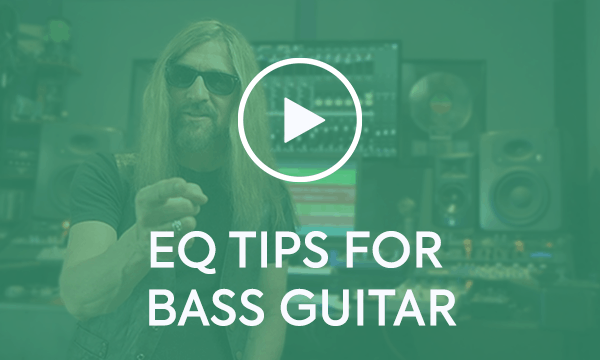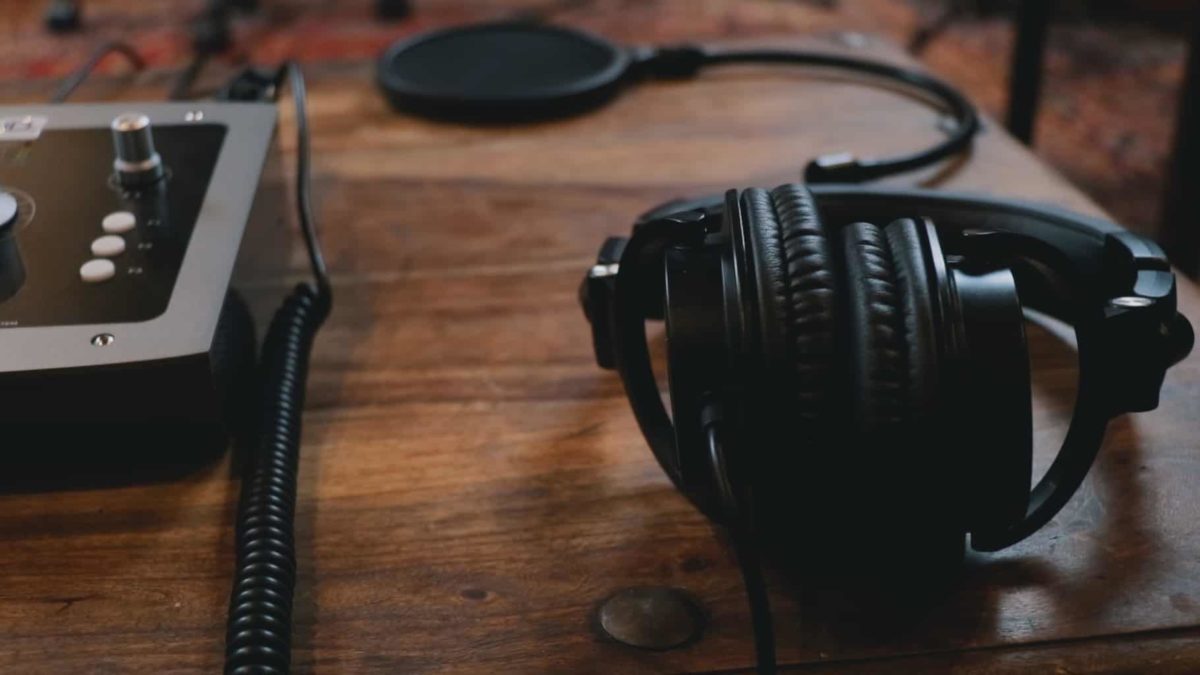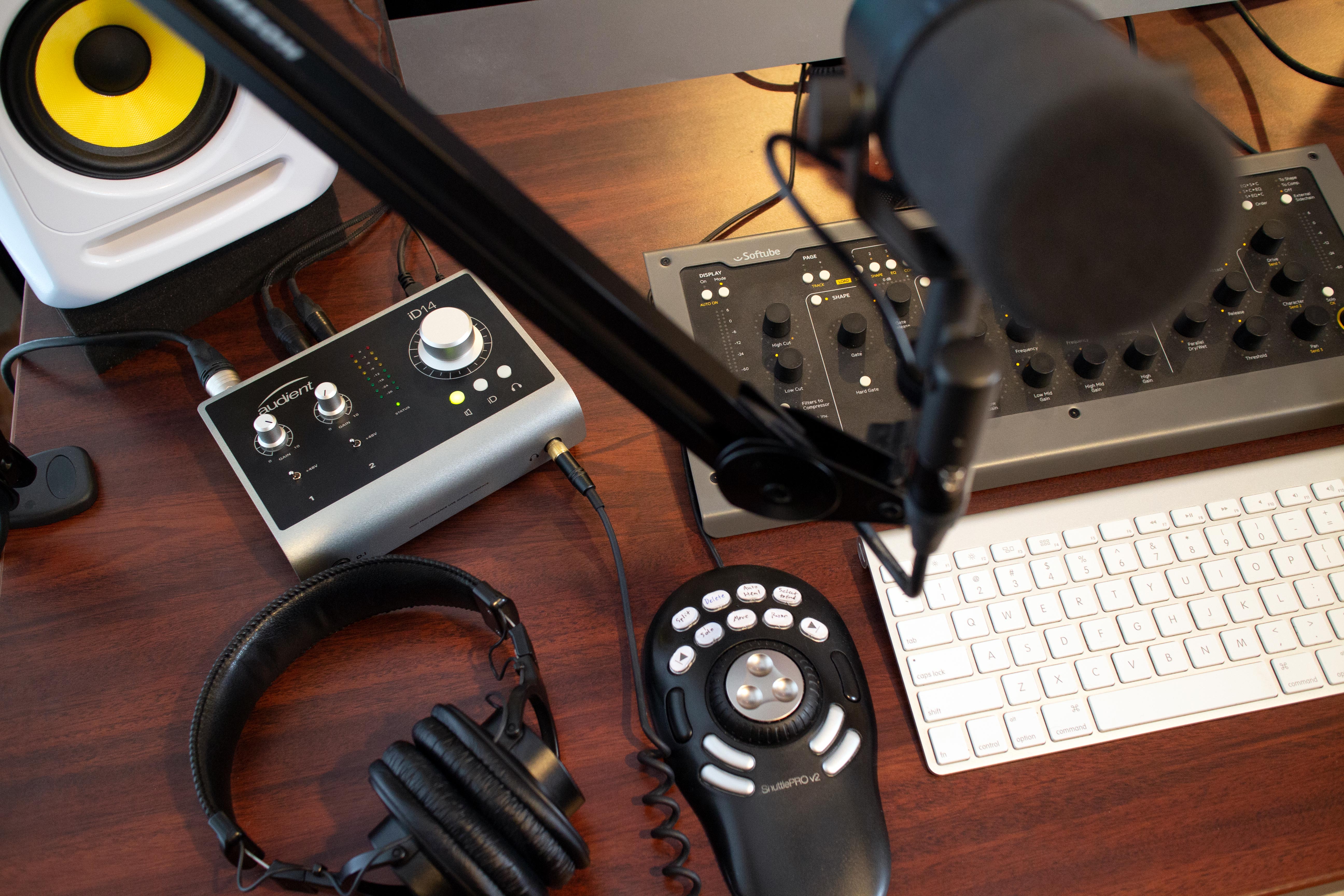One of the most frequently used tools in music production, the filter is a signal processing device that literally ‘filters out’ the sound within a certain user-specific frequency range, allowing the rest of the signal to pass through to the output. As well as dedicated filter modules and equalisers (every band in an EQ is a filter), filters are found in synthesisers, samplers, guitar amplifiers, microphones and effects of all kinds, so to say that you’ll be coming across them frequently in the course of your musical adventures would be putting it mildly.

Written by EVO
Indeed, you’ll be using filters for everything from decluttering the low end of the mix, and bringing the best out in vocals and instruments, to designing synth sounds, creating sweeps, risers and other effects, and much more. Every time you reach for an EQ, the cutoff control on your synth, or the adjustable sidechain circuit on a compressor, you’ll be filtering – so let’s get you up to speed…
What are filters and how do they work?
In the simplest terms, a filter is an electronic circuit – or a virtual software representation of one – that sets a frequency above, below or around which the input signal is attenuated – ie, lowered in volume. That frequency is determined by the filter’s cutoff control, which will be freely adjustable from around 20Hz to 20kHz, and the frequencies filtered out depend on what ‘type’ the filter is currently set to. For example, when programming synth bass patches, you might well use a low-pass filter to get rid of everything above the cutoff frequency, while getting hi-hats sitting comfortably in the mix often involves using a high-pass filter to shave off everything below the cutoff. We’ll get into the specifics of each filter type shortly.

Although there are filters available that completely kill the processed signal, as if dropping it off a cliff at the cutoff frequency, the norm is for volume attenuation to be applied through a smooth sloping progression, so that frequencies close to the cutoff aren’t quietened as much as those further away. (With a completely vertical roll-off, you’d get all sorts of unpleasant clicks and pops as you moved the cutoff frequency around.)
This ‘roll-off’ slope is described in terms of decibels of attenuation per octave, or ‘dB/octave’, the value of which simply specifies the number of decibels the volume is lowered for each octave the signal sits above or below the cutoff frequency, depending on the filter type. The higher the dB value, the steeper the slope, and, consequently, the ‘sharper’ the sound of the filter. Most filters offer 12dB/octave and 24dB/octave slopes, but you might also see 36dB/octave in between those, 6dB below them, and 48dB/octave and even 96dB/octave above them, the last being about as steep as a musically useful filter should ever get.
The final essential filter controls to get a handle on are resonance (also known as ‘Q factor’ or ‘Q’) and drive. Resonance dials in a volume boost at the cutoff point, emphasising the cutoff frequency, and if you really push it, the filter will start to ‘howl’, and even – at high slope settings – generate a pitched sine wave as it feeds back into itself. Called self-oscillation, this can make for a cool sound in its own right, although it’s not something all filters are capable of.
Last but not least, drive (which also isn’t found on every filter) boosts the gain at the input when raised, distorting the signal for a dirtier, more aggressive sound.
Filter types explained
As touched on earlier, there are several distinct types of filter, each one attenuating frequencies in a specific direction relative to the cutoff point. Most dedicated plugins, and the filters built into synths and samplers, offer at least low-pass, high-pass and band-pass types, while EQs will centre on one or more peak filters, with shelving and low/high-pass filters on either side. Here’s a quick summary of the main filter types and some of things you might use them for:

Low-pass
Doing away with frequencies above the cutoff point, the ubiquitous low-pass is the filter type of choice for synth bass design (think squelchy TB-303s, rumbling house b-lines, etc), reining in excessive brightness in vocal and instrumental parts, and building classic rising filter sweeps of the kind stamped into the public consciousness in the noughties by the likes of Fat Boy Slim and Daft Punk. If your synth only features a single filter type, it’ll be this one.

High-pass
The opposite of low-pass, the high-pass filter attenuates everything below the cutoff point, making it endlessly useful for keeping the low frequencies of a mix and its constituent parts under control, as well as crafting synthesised strings, pads, percussion and more.

Band-pass
This one combines low- and high-pass types in one, allowing only those frequencies immediately around the cutoff point through. Enabling the precise isolation of an adjustable frequency band, it’s great for incidental synths, wah-wah effects, and making any part sound like it’s coming out of a telephone!

Notch
Invert a band-pass filter and you get a notch. This type filters out the frequencies immediately around the cutoff, and so is handy for removing unwanted resonances, background noise and other problematic narrow-band signals.

Peak
Forming the basis of most EQs, the peak filter enables attenuation or boosting of the frequencies around the cutoff, with the bandwidth set by the resonance control.

Shelving
Also more an EQ component than a standalone filter type, the shelving filter cuts or boosts the frequencies above (high shelf) or below (low shelf) the cutoff point.
Getting creative with filters
In the context of mixing, filtering is a relatively static process: EQ filters are carefully set up to position each part in the frequency spectrum, so that they all work well together without clashing or masking each other. When it comes to synthesis, sampling and sound design, however, getting those filters moving is often key.

Your synth, sampler or dedicated filter plugin will offer a variety of envelopes, LFOs and step sequencers with which to modulate the cutoff, resonance and other controls in response to note or controller input, or under their own steam; while the automation system in your DAW provides the means to draw or record such animation directly into the arrange page. Assign the knobs on your MIDI controller to cutoff, resonance and drive, hit record in your DAW and have at it!
Related Articles
One of the most frequently used tools in music production, the filter is a signal processing device that literally ‘filters out’ the sound within a certain user-specific frequency range, allowing the rest of the signal to pass through to the output. As well as dedicated filter modules and equalisers (every band in an EQ is a filter), filters are found in synthesisers, samplers, guitar amplifiers, microphones and effects of all kinds, so to say that you’ll be coming across them frequently in the course of your musical adventures would be putting it mildly.

Written by EVO
Adrien is a blogger at ProjetHomeStudio.fr, a French website dedicated to recording and mixing in a home studio context. He is also a music producer, working with diverse musical genres such as electronic ambient music or extreme metal, with a strong interest for experimental sounds.
Indeed, you’ll be using filters for everything from decluttering the low end of the mix, and bringing the best out in vocals and instruments, to designing synth sounds, creating sweeps, risers and other effects, and much more. Every time you reach for an EQ, the cutoff control on your synth, or the adjustable sidechain circuit on a compressor, you’ll be filtering – so let’s get you up to speed…
What are filters and how do they work?
In the simplest terms, a filter is an electronic circuit – or a virtual software representation of one – that sets a frequency above, below or around which the input signal is attenuated – ie, lowered in volume. That frequency is determined by the filter’s cutoff control, which will be freely adjustable from around 20Hz to 20kHz, and the frequencies filtered out depend on what ‘type’ the filter is currently set to. For example, when programming synth bass patches, you might well use a low-pass filter to get rid of everything above the cutoff frequency, while getting hi-hats sitting comfortably in the mix often involves using a high-pass filter to shave off everything below the cutoff. We’ll get into the specifics of each filter type shortly.

Although there are filters available that completely kill the processed signal, as if dropping it off a cliff at the cutoff frequency, the norm is for volume attenuation to be applied through a smooth sloping progression, so that frequencies close to the cutoff aren’t quietened as much as those further away. (With a completely vertical roll-off, you’d get all sorts of unpleasant clicks and pops as you moved the cutoff frequency around.)
This ‘roll-off’ slope is described in terms of decibels of attenuation per octave, or ‘dB/octave’, the value of which simply specifies the number of decibels the volume is lowered for each octave the signal sits above or below the cutoff frequency, depending on the filter type. The higher the dB value, the steeper the slope, and, consequently, the ‘sharper’ the sound of the filter. Most filters offer 12dB/octave and 24dB/octave slopes, but you might also see 36dB/octave in between those, 6dB below them, and 48dB/octave and even 96dB/octave above them, the last being about as steep as a musically useful filter should ever get.
The final essential filter controls to get a handle on are resonance (also known as ‘Q factor’ or ‘Q’) and drive. Resonance dials in a volume boost at the cutoff point, emphasising the cutoff frequency, and if you really push it, the filter will start to ‘howl’, and even – at high slope settings – generate a pitched sine wave as it feeds back into itself. Called self-oscillation, this can make for a cool sound in its own right, although it’s not something all filters are capable of.
Last but not least, drive (which also isn’t found on every filter) boosts the gain at the input when raised, distorting the signal for a dirtier, more aggressive sound.
Filter types explained
As touched on earlier, there are several distinct types of filter, each one attenuating frequencies in a specific direction relative to the cutoff point. Most dedicated plugins, and the filters built into synths and samplers, offer at least low-pass, high-pass and band-pass types, while EQs will centre on one or more peak filters, with shelving and low/high-pass filters on either side. Here’s a quick summary of the main filter types and some of things you might use them for:

Low-pass
Doing away with frequencies above the cutoff point, the ubiquitous low-pass is the filter type of choice for synth bass design (think squelchy TB-303s, rumbling house b-lines, etc), reining in excessive brightness in vocal and instrumental parts, and building classic rising filter sweeps of the kind stamped into the public consciousness in the noughties by the likes of Fat Boy Slim and Daft Punk. If your synth only features a single filter type, it’ll be this one.

High-pass
The opposite of low-pass, the high-pass filter attenuates everything below the cutoff point, making it endlessly useful for keeping the low frequencies of a mix and its constituent parts under control, as well as crafting synthesised strings, pads, percussion and more.

Band-pass
This one combines low- and high-pass types in one, allowing only those frequencies immediately around the cutoff point through. Enabling the precise isolation of an adjustable frequency band, it’s great for incidental synths, wah-wah effects, and making any part sound like it’s coming out of a telephone!

Notch
Invert a band-pass filter and you get a notch. This type filters out the frequencies immediately around the cutoff, and so is handy for removing unwanted resonances, background noise and other problematic narrow-band signals.

Peak
Forming the basis of most EQs, the peak filter enables attenuation or boosting of the frequencies around the cutoff, with the bandwidth set by the resonance control.

Shelving
Also more an EQ component than a standalone filter type, the shelving filter cuts or boosts the frequencies above (high shelf) or below (low shelf) the cutoff point.
Getting creative with filters
In the context of mixing, filtering is a relatively static process: EQ filters are carefully set up to position each part in the frequency spectrum, so that they all work well together without clashing or masking each other. When it comes to synthesis, sampling and sound design, however, getting those filters moving is often key.

Your synth, sampler or dedicated filter plugin will offer a variety of envelopes, LFOs and step sequencers with which to modulate the cutoff, resonance and other controls in response to note or controller input, or under their own steam; while the automation system in your DAW provides the means to draw or record such animation directly into the arrange page. Assign the knobs on your MIDI controller to cutoff, resonance and drive, hit record in your DAW and have at it!





